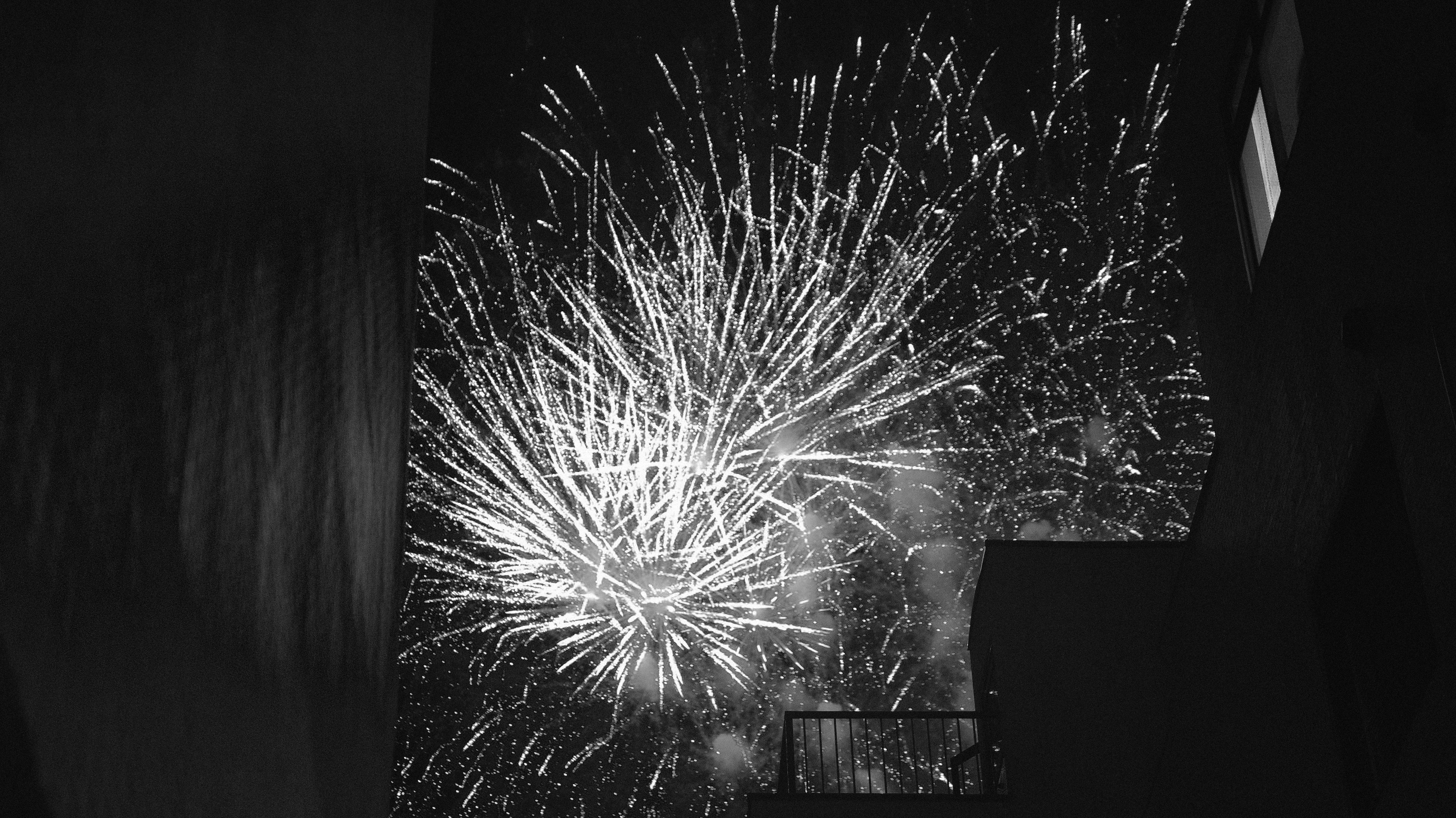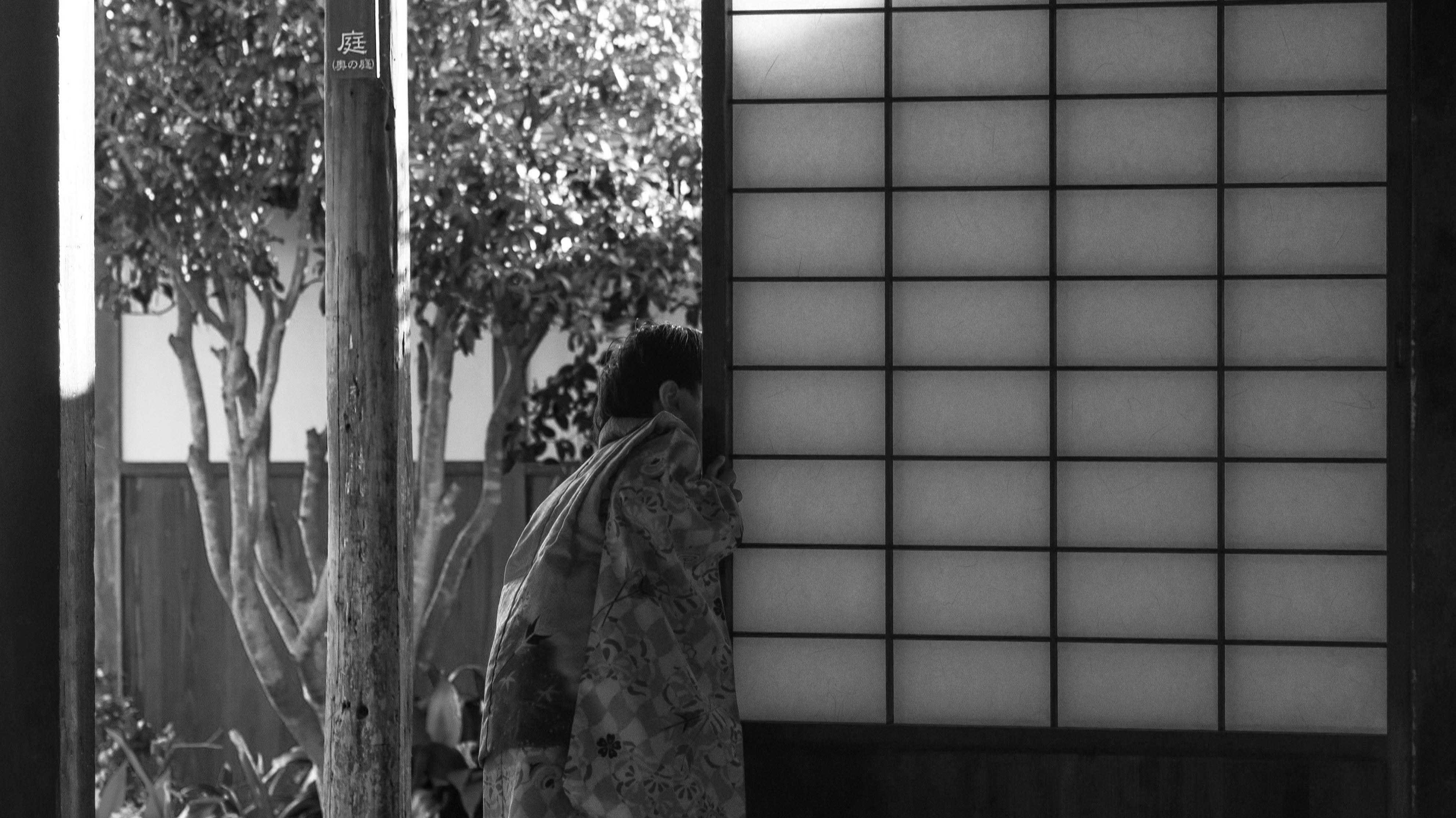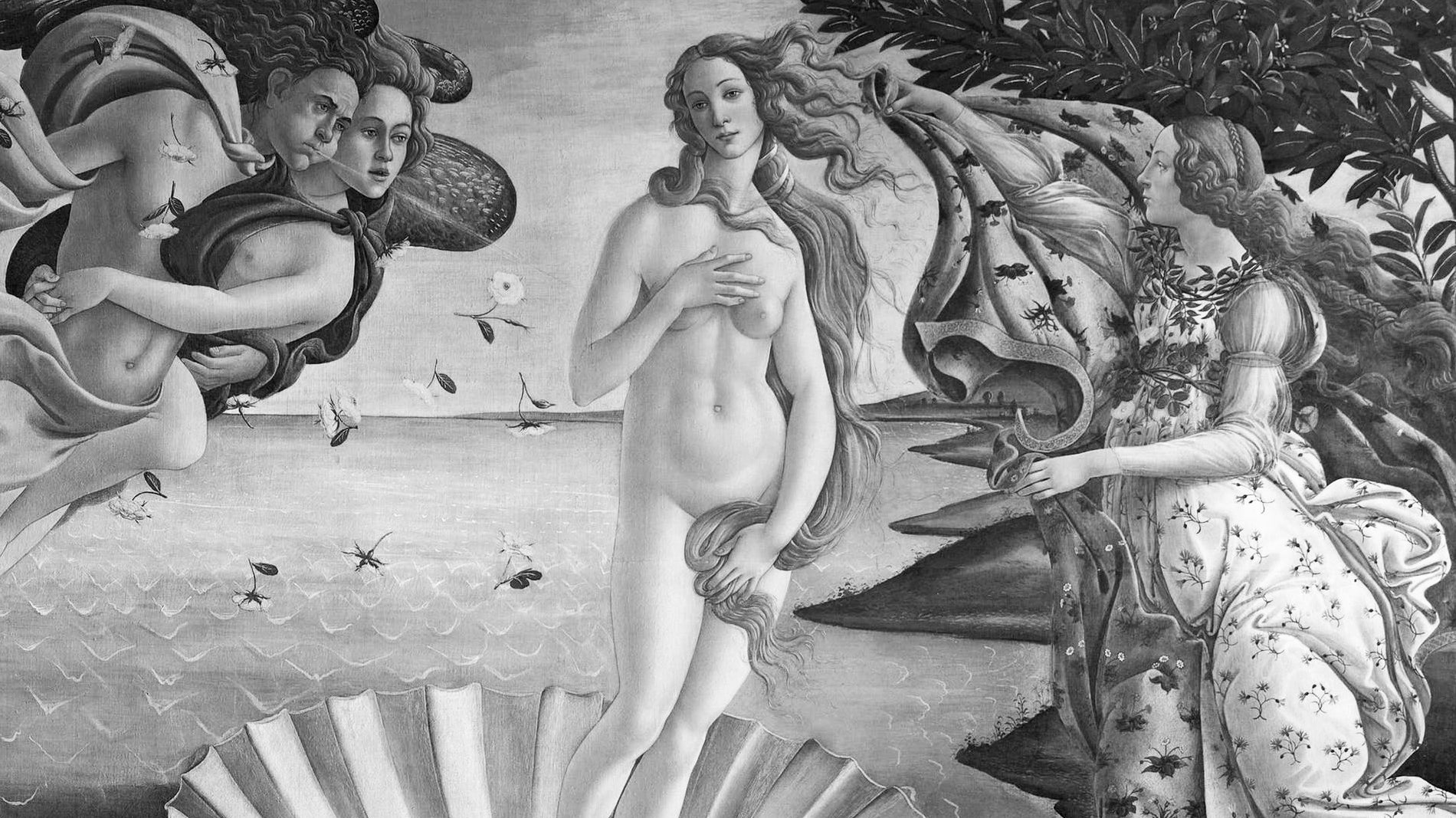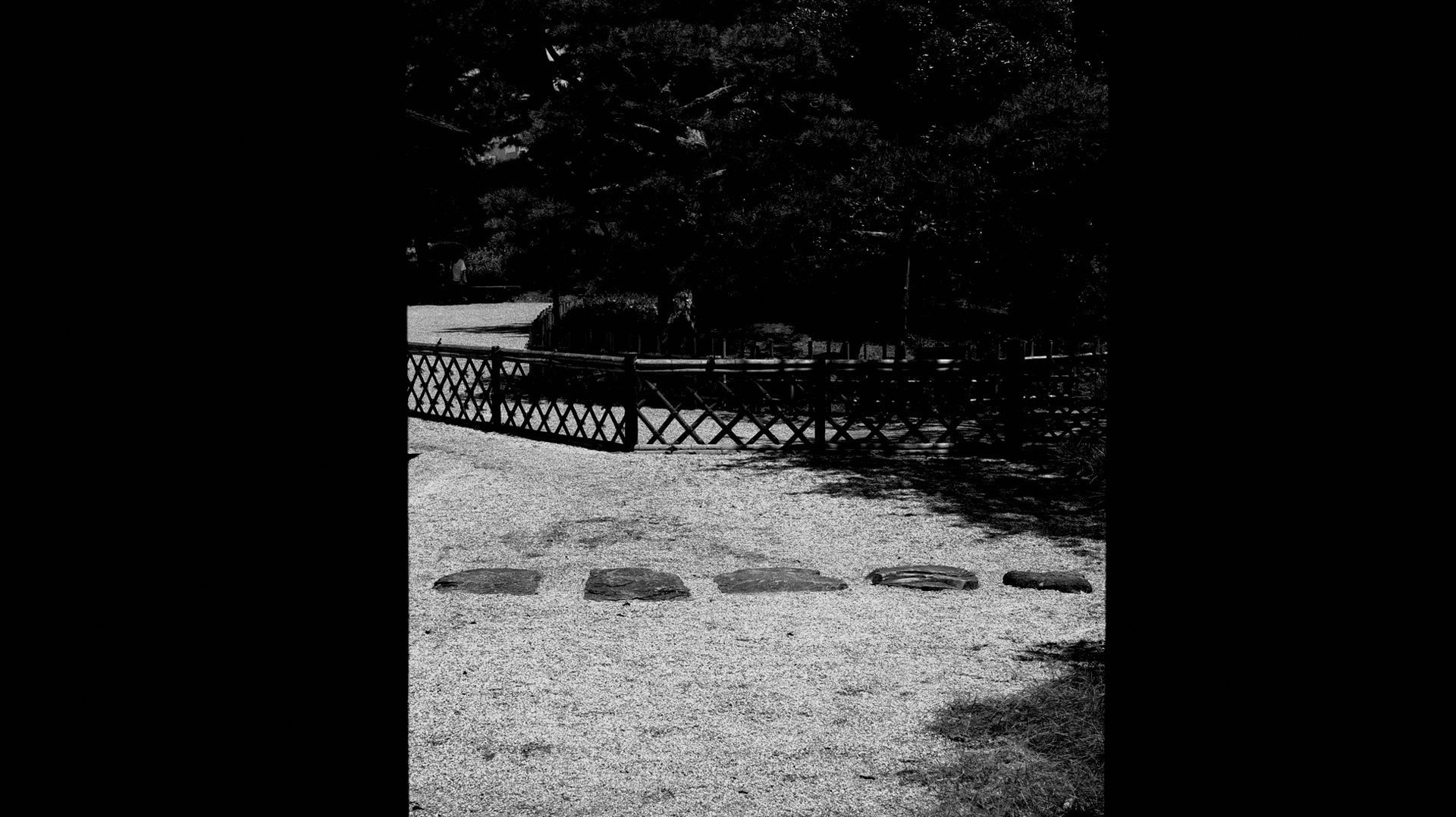Pina Bausch is undoubtedly one of the most influential artists of the 20th century from Germany. As a choreographer and dancer, she created revolutionary and inspiring works, propelling her to international fame. Not only did she garner international acclaim within the realm of contemporary dance, but her influence also resonated profoundly, reaching beyond and shaping the broader landscape of the art world. Her philosophy and wisdom make her a muse for many.
(Pina Bausch: Dance, Dance, Otherwise We are Lost - dans le gris)
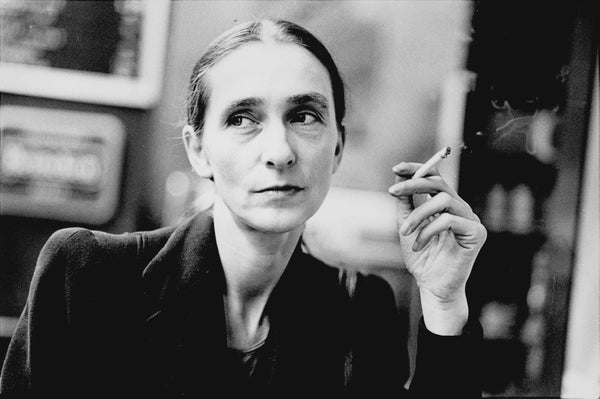
(Pina Bausch: Dance, Dance, Otherwise We are Lost - dans le gris)
Pina Bausch was a German dancer and choreographer, a pioneering figure in the development of Tanztheater—a style of dance theater that emerged in the late 20th century, combining elements of dance, theater, and performance art. Bausch began dancing at a young age and was intrigued by questions such as: What moves people deep inside? What makes them happy? What do they long for? What are they afraid of? Even as a child, these questions fascinated Pina Bausch. She sought to understand human nature through various portrayals of human beings, sublimating human problems into works from the perspective of observers who approached the subject without prejudice.
(Pina Bausch: Dance, Dance, Otherwise We are Lost - dans le gris)
"I'm not interested in how people move; I'm interested in what makes them move."
(Pina Bausch: Dance, Dance, Otherwise We are Lost - dans le gris)
Breaking away from the restrictions of classical dances, Pina Bausch blurred the borders between dance and theater. During rehearsals, Bausch consistently provoked her dancers to become storytellers, delving into their past experiences and transforming them into choreography. On her stage, realism and surrealism did not exist in contradiction but rather as essential foils to one another. In essence, Bausch's approach to dance and choreography goes beyond the physicality of movement; she is more concerned with the psychological, emotional, and expressive aspects of human behavior.
(Pina Bausch: Dance, Dance, Otherwise We are Lost - dans le gris)
"Dance, dance, otherwise we are lost."
(Pina Bausch: Dance, Dance, Otherwise We are Lost - dans le gris)
Art can be a tool of communication, and so can dance. By repeating the word "Dance," Bausch underscores the significance of this art form. It suggests that through dance, people can communicate, express, and understand themselves and others in ways that may not be possible through other means. For Bausch, dance is not merely a form of entertainment but a vital element for understanding and navigating the complexities of life. As an example, one of Pina Bausch's iconic works is "Café Müller." The piece is emotionally charged, exploring themes of memory, love, and relationships. Her choreography presents the complexities of human emotions, creating a visceral and evocative experience for both performers and audiences.
(Pina Bausch: Dance, Dance, Otherwise We are Lost - dans le gris)
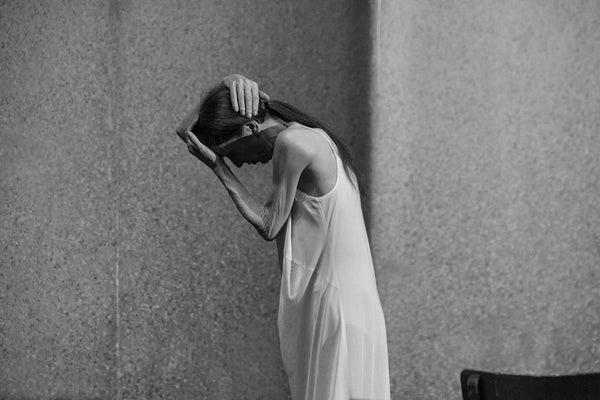
(Pina Bausch: Dance, Dance, Otherwise We are Lost - dans le gris)
"I want to feel something, as a person. I don't want to be bored."
(Pina Bausch: Dance, Dance, Otherwise We are Lost - dans le gris)
If you are interested in Pina Bausch, you have to watch "Pina," a documentary film directed by Wim Wenders. Initially planned as a collaboration with Pina Bausch herself, Wenders decided to continue the project as a tribute to her after she passed away just before filming began. Like Pina Bausch's choreography, the film delves into the emotional and psychological aspects of the human experience. It captures the power of dance to express complex emotions and communicate stories without traditional narrative structures. The critical response to the film was overwhelmingly positive. A. O. Scott of The New York Times was enthusiastic about the film, writing: "Choreography is a notoriously perishable art. Dances often struggle to outlive their creators. And 'Pina' is, above all, an act of preservation, a memorial that is also a defiance of mortality — completely alive in every dimension." Though Pina Bausch may no longer be physically present, her spirit and wisdom endure.
(Pina Bausch: Dance, Dance, Otherwise We are Lost - dans le gris)
Continue Reading:
• Isamu Noguchi: Everything is Sculpture
• Robert Mapplethorpe's Flower Photography
• Issey Miyake: 8 Things You Should Know About the Japanese Fashion Legend
(Pina Bausch: Dance, Dance, Otherwise We are Lost - dans le gris)
About Us
Dans Le Gris is a brand that started with everyday jewelry; each handmade piece is designed and crafted in Taiwan. We deeply value every detail, dedicating ourselves to creating enduring pieces through collaboration with experienced craftsmen.
(Pina Bausch: Dance, Dance, Otherwise We are Lost - dans le gris)
In our journal, we provide irregular updates featuring articles about art, culture, and design. We aspire to furnish our readers with profound insights and inspiration across a broad array of creative subjects. From the daily inspirations found in art and design to the timeless beauty of traditional craftsmanship and philosophy, our curated content encompasses diverse aspects of life.
(Pina Bausch: Dance, Dance, Otherwise We are Lost - dans le gris)

